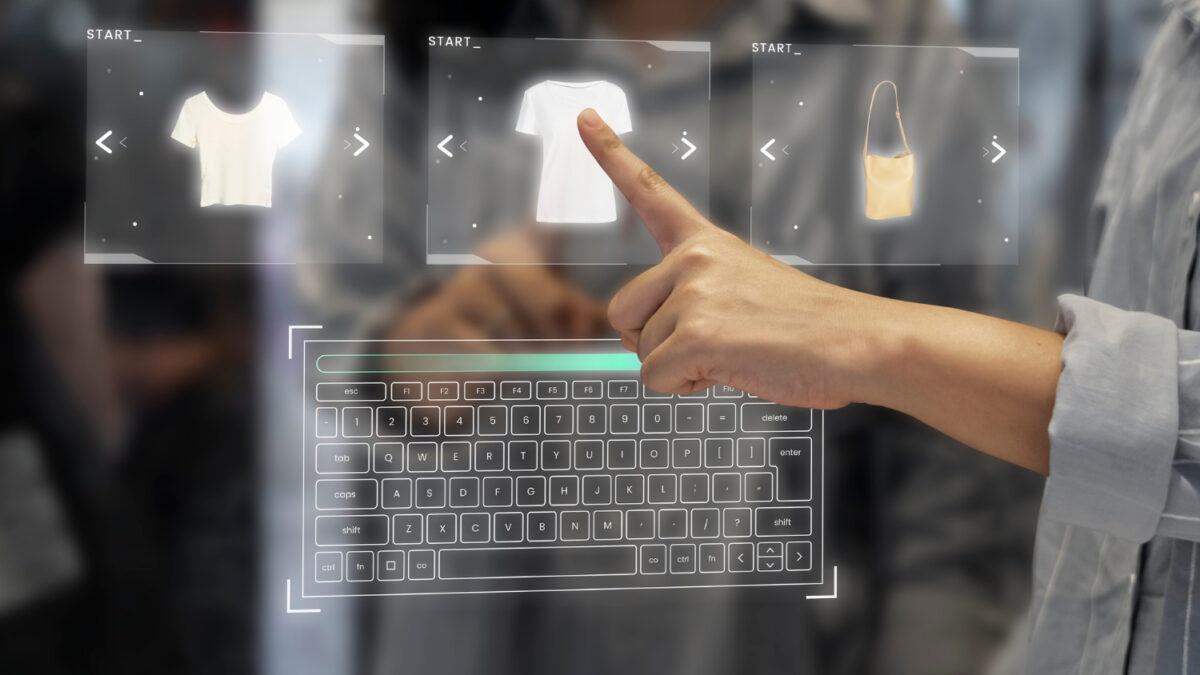Introduction:
Online shopping has changed the way we buy products, but buying clothes online still has its limitations. One of the biggest challenges is being unable to try on clothes before making a purchase. However, advancements in technology have paved the way for a new solution – virtual fitting rooms. This article will explore virtual fitting rooms, their benefits, challenges, and future of online shopping
What are Virtual Fitting Rooms?
Virtual fitting rooms are an innovative technology that allows customers to try on clothes virtually. Using a camera, customers can see a virtual image of themselves on their device’s screen wearing the clothes they have selected. This technology provides an accurate representation of how the clothes would fit and look on the customer, without the need for physical try-ons.
Benefits of Virtual Fitting Rooms for Online Shopping:
Virtual fitting rooms offer several benefits for online shopping. Firstly, customers can try on clothes from the comfort of their homes, saving time and effort. Secondly, virtual fitting rooms provide an accurate representation of how the clothes would fit and look on the customer, reducing the likelihood of returns due to incorrect sizing or unflattering fits. Finally, virtual fitting rooms can increase sales for online retailers by giving customers more confidence in their purchases.
Challenges of Implementing Virtual Fitting Rooms:
Although virtual fitting rooms are an exciting development for online shopping, there are several challenges to their implementation. Firstly, virtual fitting rooms require accurate body measurements for the virtual image to accurately represent the customer’s body. Secondly, technical glitches in the virtual fitting room software can result in inaccurate representations of the clothes or virtual images that do not align with the customer’s body.
Examples of Virtual Fitting Rooms:
Several online retailers have already implemented virtual fitting rooms, including ASOS and GAP. ASOS’s technology uses 3D modeling to create a virtual image of the customer wearing the selected clothing items. GAP’s virtual fitting room technology allows customers to see a virtual image of themselves wearing clothes from the retailer’s website.
The Future of Online Shopping and Virtual Fitting Rooms:
As the technology behind virtual fitting rooms continues to evolve, we can expect to see more retailers adopting this technology. In addition, we may see advancements in the accuracy and ease of use of virtual fitting rooms, as well as the ability to integrate them with social media platforms and online shopping apps.
Conclusion:
Virtual fitting rooms are an innovative technology that is revolutionizing the way we shop for clothes online. They offer increased convenience, reduced likelihood of returns, and increased sales for online retailers. While challenges exist in implementing this technology, we can expect to see more retailers adopting virtual fitting rooms as the technology continues to evolve. The integration of virtual fitting rooms in online shopping is set to change the way we buy clothes online.


